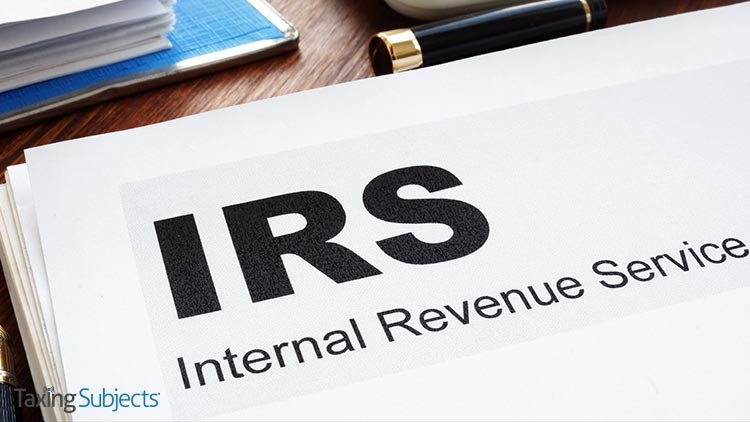
by | May 21, 2020 | Tax Tips and News
The Internal Revenue Service’s Criminal Investigation unit needs to do a better job of accounting for its cash earmarked for undercover investigation expenses. That’s the bottom line from the Treasury Inspector General for Tax Administration (TIGTA).
Undercover operations are, of course, part of what IRS CI does. To pay the costs of an investigation, CI uses cash funds (called “imprest” funds) to pay some of the travel costs. These cash funds are used to pay expenses during an undercover operation while concealing an agent’s identity.
In fiscal year 2018, the IRS spent more than $1.3 million from imprest funds on confidential undercover operations. The Inspector General performed the audit to ensure these cash funds were being spent efficiently and properly, while conforming to existing federal regulations.
What did the TIGTA audit examine?
The Inspector General’s auditors looked at 49 vouchers from the 2018 fiscal year that included expenses from undercover travel. While CI’s undercover travel expenses were generally supported by adequate documentation, there were shortcomings.
For example, CI procedures don’t require advance approval to book hotel rooms that exceed the federal per diem, or the use of luxury rental cars. TIGTA’s review found that 67% of the 49 vouchers showed one or more instances where agents had rented hotel rooms costing in excess of limits set forth by the General Services Administration.
The audit also found that agents had rented luxury vehicles without the documented approval of IRS management.
The audit also raises concerns about the security of IRS personnel.
More than half of the 49 vouchers TIGTA reviewed were supported by travel receipts for reservations that contained the agents’ actual names or mentioned that the travel was government-related.
The Inspector General says this raises a different kind of red flag. “This practice raises concerns that either agent safety was potentially compromised or the imprest fund may have been used unnecessarily,” the report states.
Lastly, the audit found that quarterly audits of these cash accounts weren’t always staffed and that compromised the effectiveness of the audit procedure.
What were the TIGTA audit recommendations?
TIGTA’s audit put forth a number of recommendations, all of which found IRS management agreeable:
- Require management approval for reserving hotel rooms exceeding the federal cost limit;
- Require management approval for use of luxury vehicles;
- Periodically assess undercover travel on a function-wide basis to identify potential areas for improved efficiency, to identify best practices to ensure agents’ safety, and to ensure that the investigative imprest fund is only used when needed to maintain the security of undercover operations;
- Clarify internal guidance to ensure that the audit team assigned to perform CI imprest fund audits rotates assignments in a way that maximizes independence.
IRS management agreed with all recommendations and says it has taken or plans to take corrective action.
– Story provided by TaxingSubjects.com
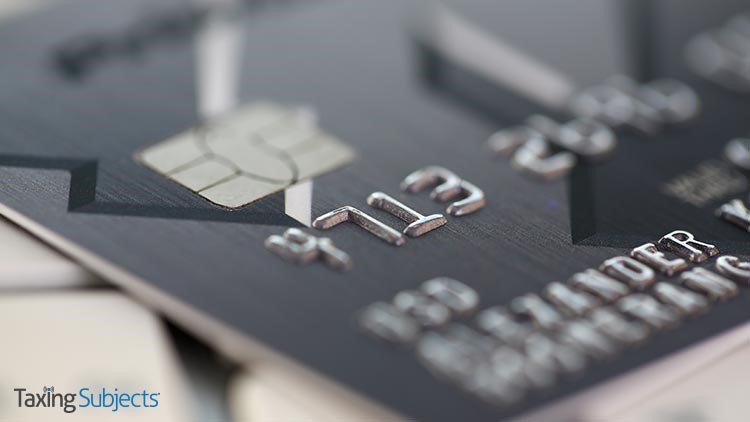
by | May 21, 2020 | Tax Tips and News
Would you prefer to receive your Economic Impact Payment on a prepaid debit card? The Treasury Department said that will be a reality for almost 4 million Americans in a recent press release, which announced that “EIP Cards” will be issued by MetaBank as part of the US Debit Card Program.
Treasury Secretary Steven Mnuchin emphasized that convenience, security, and timeliness were chief considerations when developing the new EIP Card Program. Mnuchin said that EIP cards can be activated and used as soon as they arrive in the mail.
How do EIP Cards work?
“EIP Card recipients can make purchases, get cash from in-network ATMs, and transfer funds to their personal bank account without incurring any fees,” the Treasury explained. That fee-free use of EIP Cards also extends to checking your account balance—whether digitally or by phone.
Since EIP Cards work like standard credit or debit cards, the Treasury said “[they] can be used online, at ATMs, or at any retail location where Visa is accepted. This free, prepaid card also provides consumer protections available to traditional bank account owners, including protections against fraud, loss, and other errors.”
Who will receive EIP Cards?
If you’ve been following recent Economic Impact Payment announcements, you know that most payments were automatically issued to Americans who filed a tax year 2018 or 2019 return and certain government beneficiaries.
Shortly before the Treasury started mailing checks and depositing payments in designated bank accounts, recipients were able to designate how they preferred to receive their EIP with the Get My Payment tool on IRS.gov. “Prepaid debit card” was not an available option at that time, but qualifying government beneficiaries who received their benefits on a prepaid debit card also received their Economic Impact Payment on that same card.
It turns out that the Treasury will send the new EIP Cards to Economic Impact Payment recipients who did not supply direct deposit information to the IRS and had their tax return processed at the IRS Service Center in Andover, MA or Austin, TX. That said, keep in mind that an EIP Card is a separate prepaid debit card from those issued by relevant government benefits programs. Beneficiaries who elected to receive their EIP on an existing card or bank account will not receive an EIP Card.
When will EIP Cards be available?
EIP Cards—and instructions for activating and using them—are being mailed this week, according to the Treasury release.
Source: “Treasury is Delivering Millions of Economic Impact Payments by Prepaid Debit Card”
– Story provided by TaxingSubjects.com
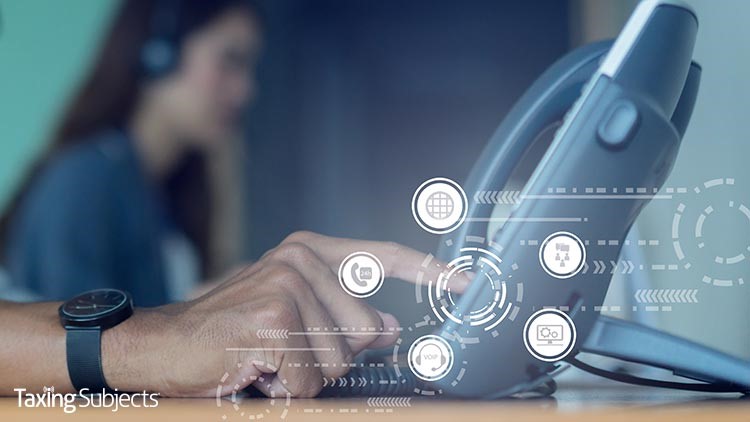
by | May 20, 2020 | Tax Tips and News
The Internal Revenue Service says it is in the process of hiring 3,500 additional telephone representatives so that taxpayers can get answers to their questions about Economic Impact Payments.
The agency’s regular telephone assistance and other services are still limited due to the COVID-19 pandemic.
The IRS says answers for most common questions about EIPs are available on IRS.gov and are updated regularly. Answers are also available to taxpayers who got a letter from the IRS informing them of their payments, known as Notice 1444.
Those who call the phone number in the letter can get an automated system where commonly asked questions are addressed; callers will also have the option to speak to a human representative.
Accounting Today magazine reports there may be a lot of taxpayers who have a lot of questions.
The IRS says it sent out more than 130 million of the 150 million payments were sent out in the first four weeks of the program as of May 8. However, it wasn’t without its problems.
Accounting Today’s Michael Cohn writes that the IRS relied on direct deposit data from 2018 and 2019 income tax returns when it was available. But there’s a hitch. Many bank accounts, Cohn writes, were only temporary accounts, set up by tax preparation chains for doing fund transfers; there was no record of the taxpayers real bank account.
In those cases, taxpayers were asked online to enter their own account information for a direct deposit, but many of them are still waiting on payments.
Paper checks have had their own issues. The IRS has only recently begun sending out paper checks and in some cases, the agency didn’t have the most current addresses for the recipients. As a result, some payments were sent to deceased taxpayers and taxpayers living out of the country. They’ve been asked to return the payments to the IRS.
Most of the IRS workforce has been working remotely because of the pandemic. In the meantime, a mountain of paper correspondence has been piling up in trailers outside IRS offices. Recently the agency recalled some workers to start processing the paper backlog.
Now employees are being called back to answer phones—and questions from worried taxpayers about their payments. The IRS says it expects to bring back more telephone representatives as state and local restrictions allow.
– Story provided by TaxingSubjects.com
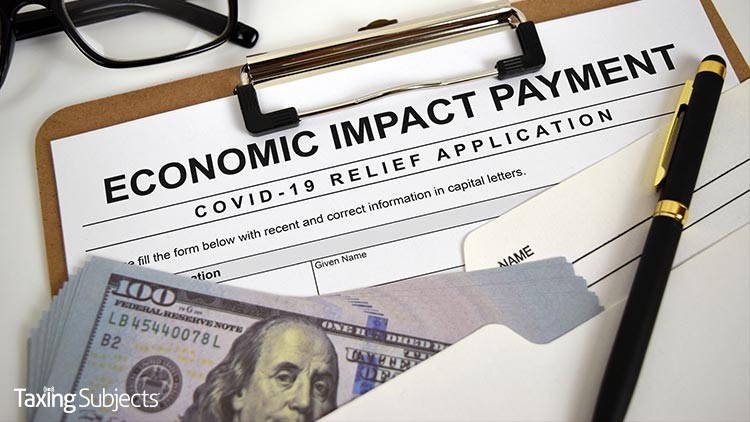
by | May 19, 2020 | Tax Tips and News
The IRS wants help spreading the word about Economic Impact Payments.
The Internal Revenue Service is continuing its full-court press to spread information about Economic Impact Payments to as many Americans as possible. Since the agency wants to provide information to everyone affected by EIPs—from those waiting on their automatically issued checks to non-filers who still need to provide qualifying information—it recently published an information packet for partner organizations that includes messaging in English and Spanish.
What’s in the IRS “Economic Impact Payments: Partner and Promotional Materials” packet?
In the announcement, IRS Commissioner Chuck Rettig said spreading information about EIPs is a priority for the agency. By supplying the “Economic Impact Payments: Partner and Promotional Materials” packet to “thousands of partners across the country,” they hope to “[reach] organizations representing hundreds of millions of taxpayers”—maximizing the effectiveness of the campaign.
The IRS said the packet includes a number of digital and physical materials:
- IRS e-posters and Twitter images that can be used on websites, social media, newsletters, and other platforms.
- Print materials include Tax Tips, short, plain English summaries of EIP, and “Ready to Use” articles that can be shared with family, friends, partners and clients in emails, newsletters and web sites.
The currently available articles address topics like frequently asked questions, where to find the Non-Filers: Enter Payment Info Here tool, common coronavirus-related scams, and how to sign up for IRS social-media alerts. As part of this outreach, the IRS will continue to produce social media posts for Twitter, Facebook, Instagram, and YouTube.
In addition to including private members of the tax industry in its EIP-outreach efforts, the IRS release noted that taxpayers should also check the Federal Deposit Insurance Corporation and Consumer Financial Protection Bureau websites for additional information. While the FDIC can “help people without bank accounts obtain an Economic Impact Payment,” the CFPB “has produced several videos related to Economic Impact Payments and other COVID-19 information.”
Source: IR-2020-96
– Story provided by TaxingSubjects.com
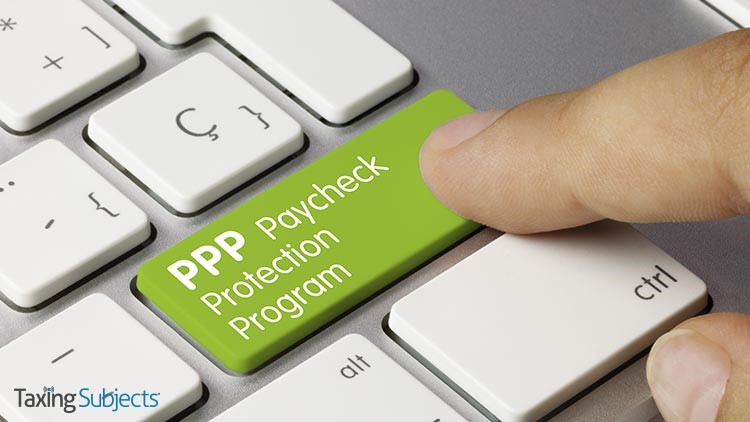
by | May 19, 2020 | Tax Tips and News
The Small Business Administration recently announced that the loan-forgiveness application for the Paycheck Protection Program (PPP) is now available for business owners who applied for and received a PPP loan.
According to the SBA press release announcing the loan-forgiveness application, “the form and instructions inform borrowers how to apply for forgiveness of their PPP loans, consistent with the Coronavirus Aid, Relief, and Economic Security Act (CARES Act).” The SBA also noted that it will provide more guidance for PPP borrowers and lenders at a later date.
What is the Paycheck Protection Program?
The CARES Act established the Paycheck Protection Program loan to prevent small businesses from needing to lay off employees due to coronavirus-related difficulties, like state-enforced restaurant closures. The SBA website says the loan will be forgiven “if all employees are kept on the payroll for eight weeks and the money is used for payroll, rent, mortgage interest, or utilities.”
To begin the PPP loan application process, follow the Find a Lender link on the “Paycheck Protection Program Loan Information” page.
How do I apply for PPP loan forgiveness?
Small business owners who want to apply for PPP loan forgiveness need to complete the Paycheck Protection Program Loan Forgiveness Application on SBA.gov. Simply download, complete, and submit the fillable PDF version of the application on SBA.gov, which includes a two-page, line-by-line set of instructions for calculating eligible payroll and non-payroll costs.
Source: SBA Release 20-41
– Story provided by TaxingSubjects.com






